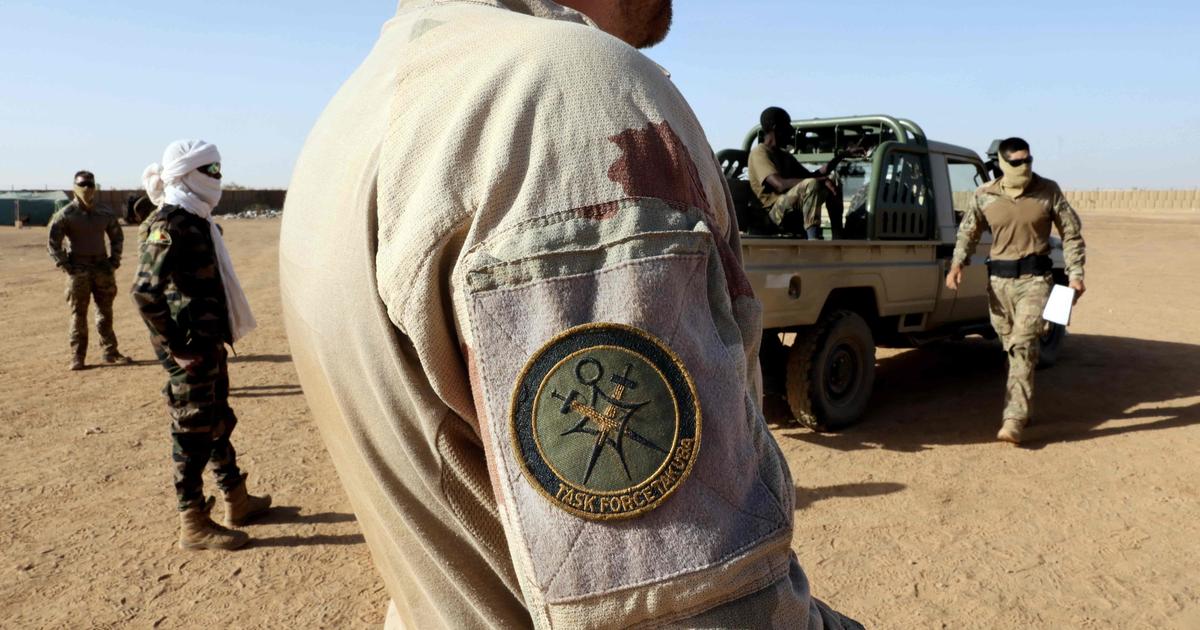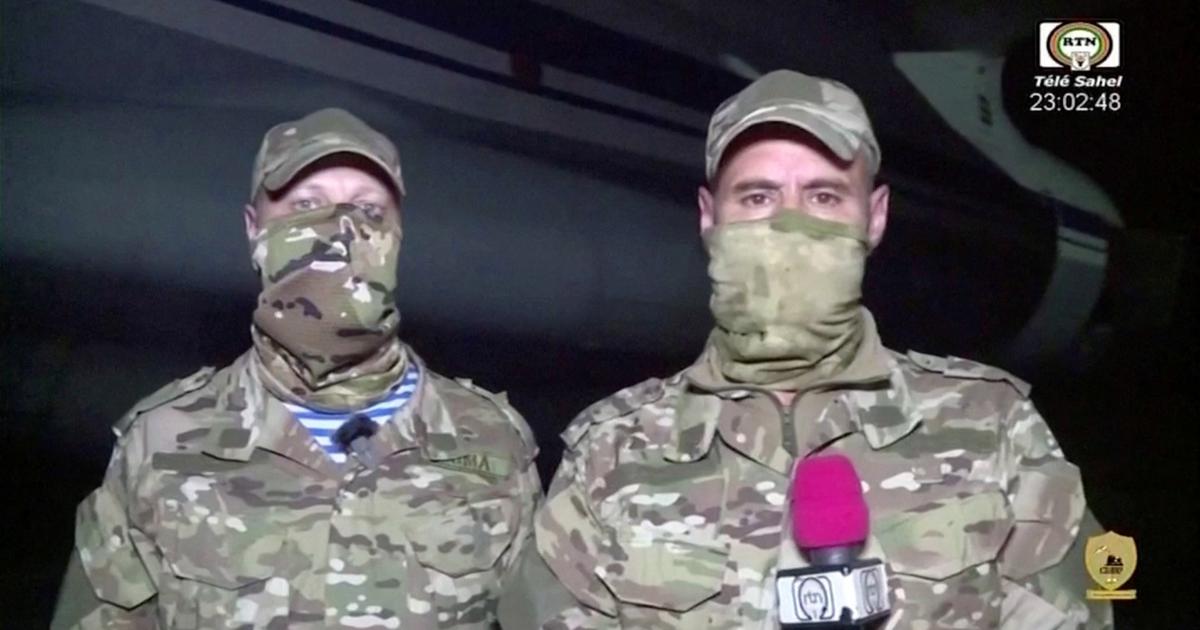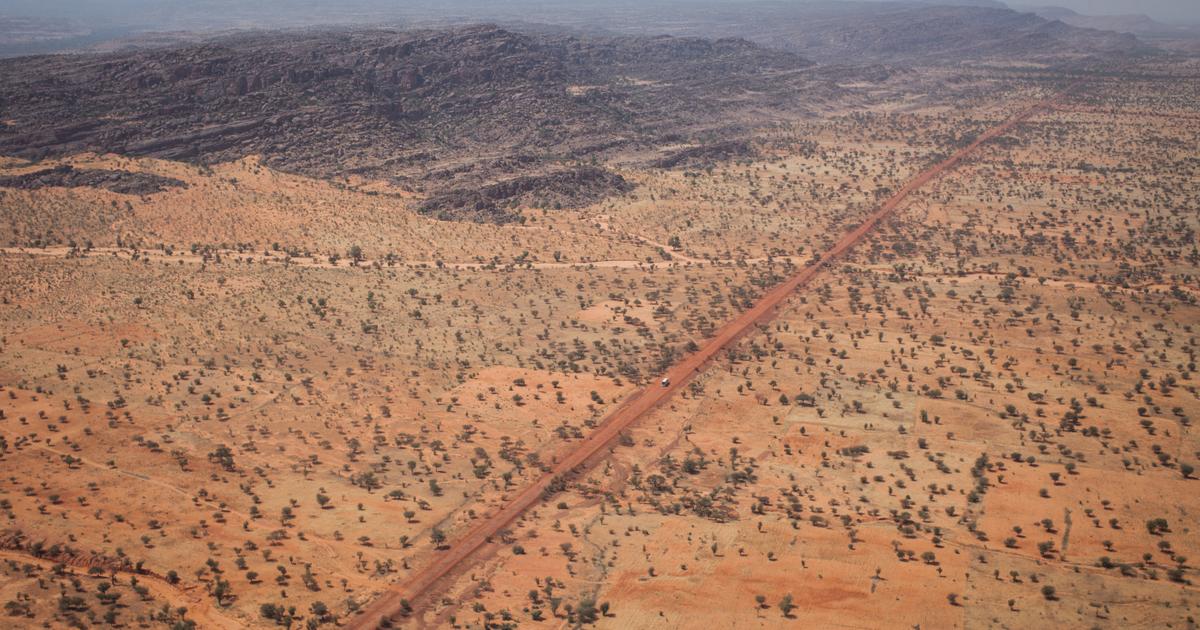Jihadist groups linked to Al Qaeda operating in Mali and Burkina Faso have taken a qualitative leap in their strategy of harassing the authorities and have launched an offensive that aims to isolate the main cities and hit the capitals of the two countries, Bamako and Ouagadougou.
In Mali, the Support Group for Islam and Muslims (JNIM) has claimed responsibility for the recent attack on the Sevaré military camp, 15 kilometers from Bamako, and has published a video announcing major attacks both inside as in the outskirts of the capital.
In Burkina Faso, meanwhile, at least twenty towns are being besieged by the Ansarul Islam group, through roadblocks and infrastructure destruction, which already has its sights set on reaching the outskirts of Ouagadougou by the end of the year.
The year 2022, with 4,817 deaths due to the conflict in Mali and Burkina Faso between January and June, is being the bloodiest since the jihadist insurgency began a decade ago, according to a count by José Luengo-Cabrera, a data analyst specializing in the Sahel.
In that period there were 2,662 deaths in Mali, almost as many as the 2,856 in all of 2020, which was the worst annual record so far.
In Burkina Faso, the first half of the year left 2,155 dead, a figure that is close to the 2,374 for all of 2021. The attacks so far are concentrated in the Mopti, Gao and Menaka regions, in the case of Mali, and in the Sahel, East and Center-North, in Burkina Faso.
A G5 Sahel Joint Force convoy made up of the countries of Burkina Faso, Chad, Mali, Mauritania and Niger travels on a mission along the Kaya to Dori route in Burkina Faso on March 19.
John Louis Rod
In Mali, jihadism has been spreading in recent years from the north to the center of the country, but attacks in and around Bamako have always been sporadic.
However, between July 21 and 22, JNIM, the jihadist group led by Iyad Ag Ghali, carried out a coordinated offensive with terrorist actions in Mopti, Ségou and the outskirts of Bamako.
The most notorious attack, in which two vehicles full of explosives driven by suicide bombers participated, occurred at the Kati military base just 15 kilometers from the capital, the residence of President Assimi Goïta and the true heart of the military junta that governs the country, where a soldier died.
However, the Sevaré airport and military bases in Kolokani and Douentza were also attacked.
A few days later, on July 27, the terrorist Abú Yahya, a prominent member of JNIM, published a video on social networks to claim responsibility for the aforementioned offensive and announce an increase in his activity, specifically in Bamako and its surroundings.
The jihadist spokesman justified these actions as a response to the military operations launched by the Malian Army and Wagner's Russian mercenaries in the center of the country, active since the end of 2021, in which dozens of terrorists would have been killed.
One of the most controversial actions occurred in Moura, where Malians and Russians summarily executed more than 300 civilians, accused of complicity or belonging to jihadist groups, without evidence of it.
French withdrawal
The advance of terrorism towards Bamako also occurs at a time of withdrawal of French and European troops from Mali due to disagreements between the Elysee and the Malian military junta, which has privileged its relations with Russia after the announcement of the reduction in troops finery in the Sahel.
The threat posed by this development has been taken very seriously by the US government, which last Saturday ordered all non-essential personnel to leave the country.
“Terrorist and armed groups continue to plot kidnappings and attacks in Mali.
They can strike with little or no warning, targeting nightclubs, hotels, restaurants, places of worship, international diplomatic missions, and other places frequented by Westerners.
In Burkina Faso, the situation is at least as disturbing.
After taking control of the rural areas of the Sahel and Center-North regions, Ansarul Islam, a local branch of Al Qaeda, initiated a new strategy in the summer of 2021: isolate the main towns in these regions by blocking the entry and exit routes, destruction of state infrastructure, such as schools, health centers and any representation of the state, and requiring civilians to leave the place within 72 hours.
Some twenty towns and cities have suffered this type of attack in recent months, according to a recent report on the security context by the French organization Promediation.
The aforementioned document echoes the meeting, on July 1, of the leader of Ansarul Islam, Jafar Dicko, with his lieutenants and heads of units to order them to advance towards the capital, Ouagadougou, and take up positions on the outskirts of it. before next December.
Likewise, Dicko ordered to attack the highway between the capital and Bobo-Dioulasso, the country's second largest city, to block circulation, as well as the axes that go towards neighboring Togo and Ghana before this August.
Two military patrols carry out a control mission in the area of Barsalogho, Burkina Faso, to secure the perimeter where most of the displaced people fleeing the attacks last March are installed.
John Louis Rod
Dozens of roads, communication axes as important as the one that connects the capital with Ouhaigouya, the main regional city, as well as the route between Kaya and Dori, suffer from the placement of artisanal mines.
The objective is to prevent the provisioning of the occupied areas to force the population to flee, as well as the movement of the security forces.
Although it is the units of Ansarul Islam that dominate the situation in the Sahel and Center-North regions, the Province of the Islamic State in the Sahel, linked to ISIS, is also active, especially in the east and west of the country, with similar tactics. .
The Government of Burkina Faso, under the control of the coup military junta, has reacted in turn by trying to prevent the provisioning of the armed groups in those cities over which it maintains control and by decreeing several regions as zones of military interest to force the population to abandon them and thus have a free field for their operations.
The consequences of all this are being a massive flight of citizens, some two million internally displaced persons in a country of some 20 million inhabitants, and a shortage of food in numerous localities.
"The people of Sebba are eating leaves," said Ulrich Crépin Namfeibona, head of mission for Doctors Without Borders in Burkina Faso, on July 28. "If we do nothing in the next few days, we could witness a catastrophic nutritional crisis."
Follow all the international information on
and
, or in
our weekly newsletter
.
50% off
Subscribe to continue reading
read without limits
Keep reading
I'm already a subscriber

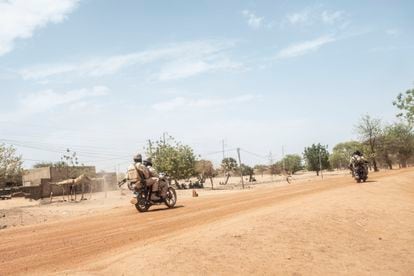
/cloudfront-eu-central-1.images.arcpublishing.com/prisa/KEJKPQHVMJAPJONPEDK42JL56U.jpg)
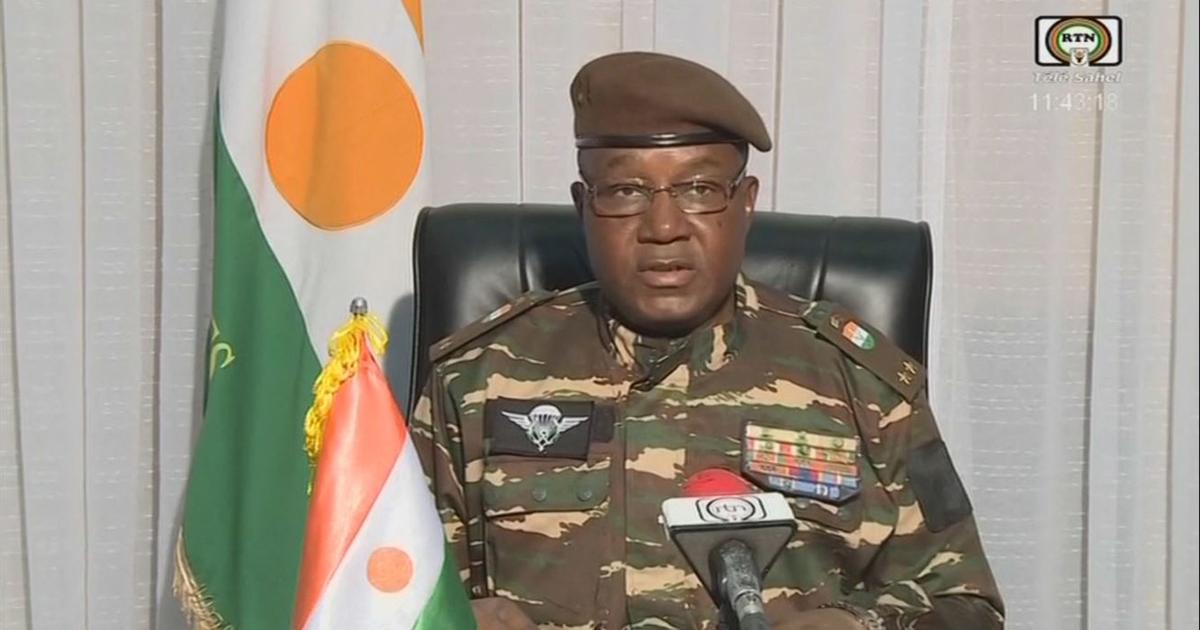
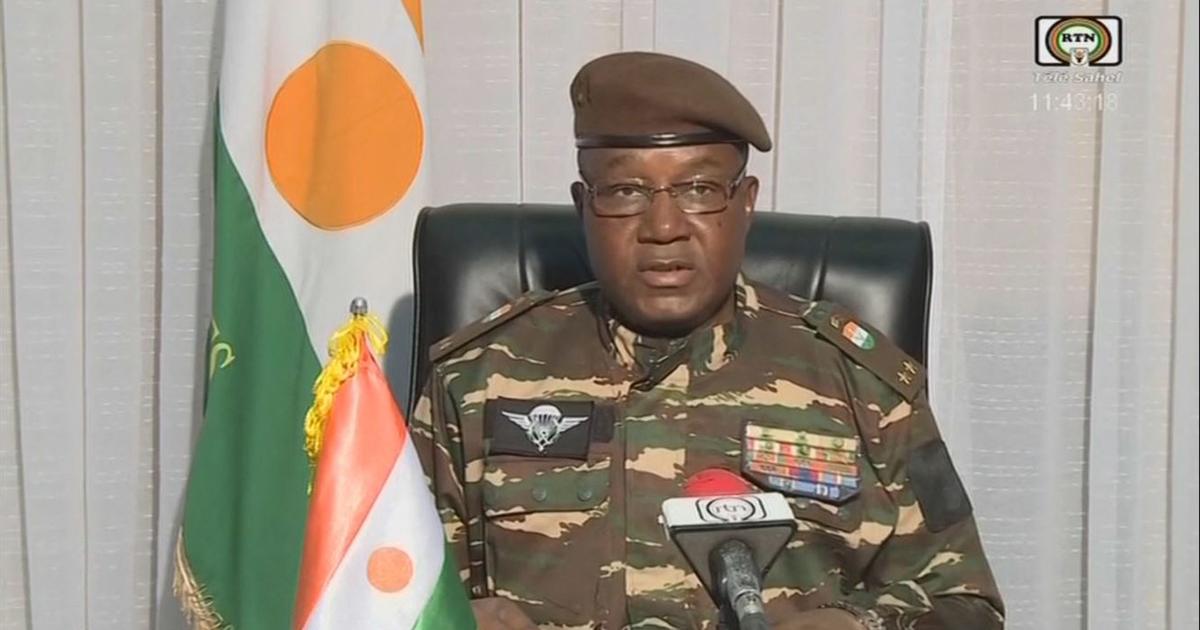
/cloudfront-eu-central-1.images.arcpublishing.com/prisa/LEW6QMWWHNE5FNIE3XEQGWJXMQ.jpg)

